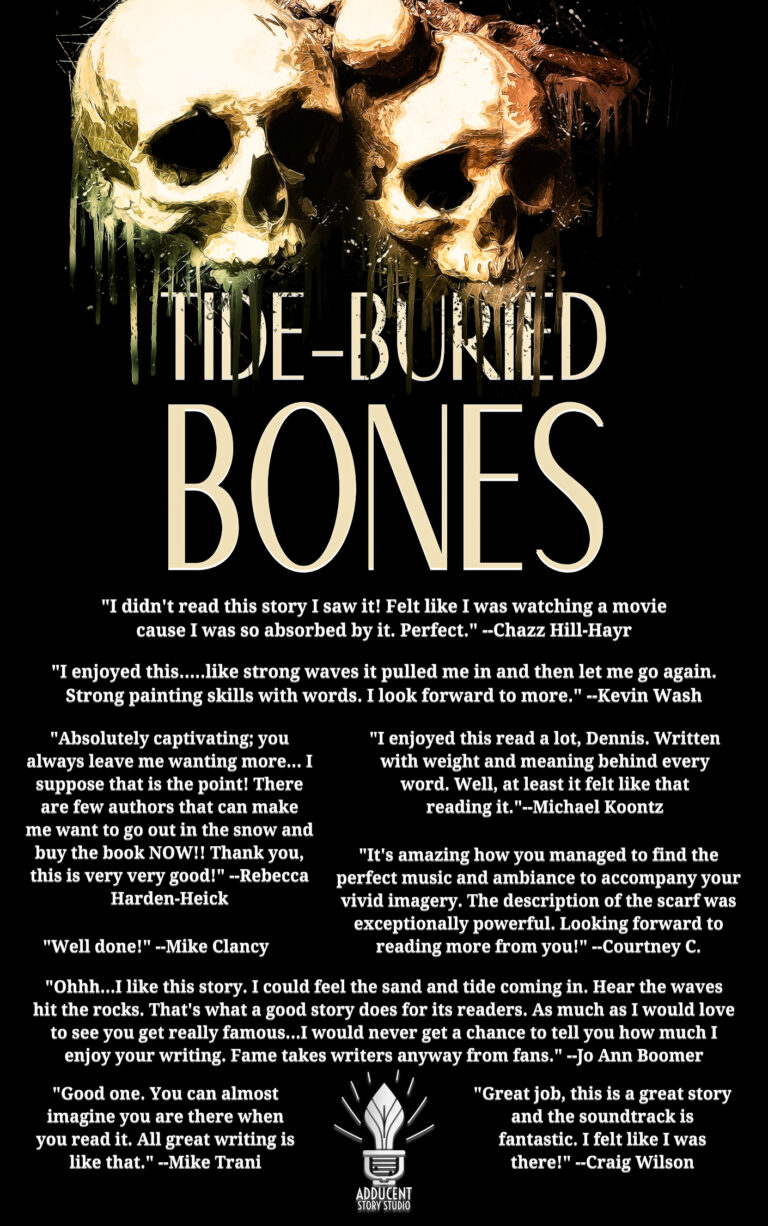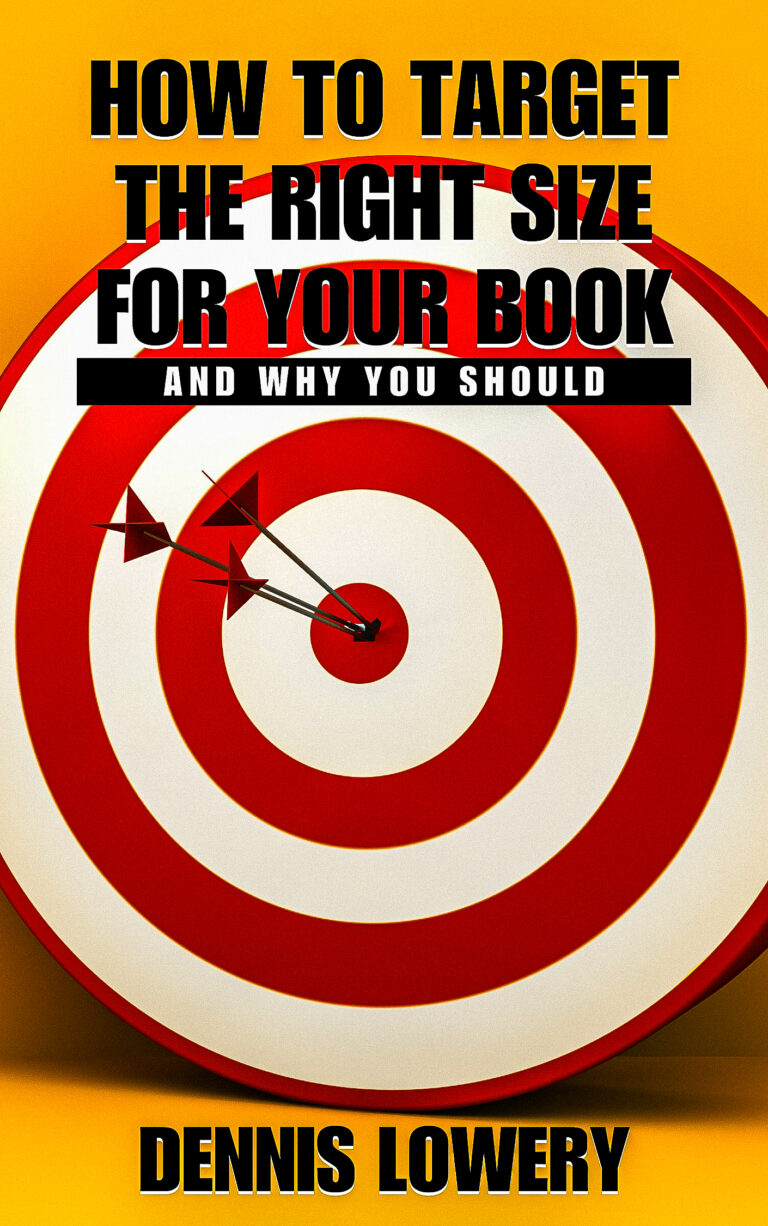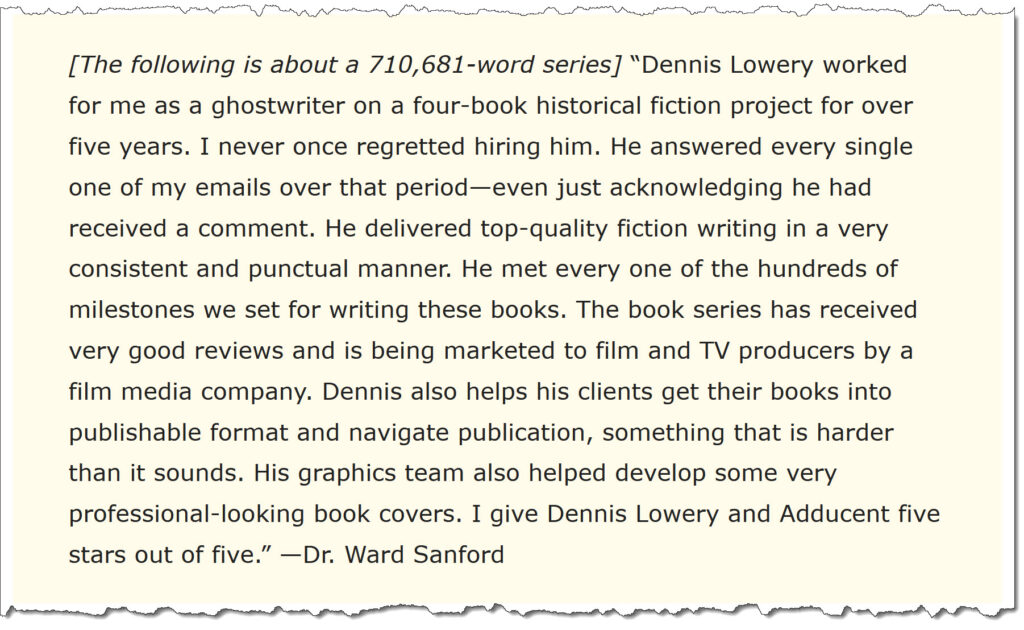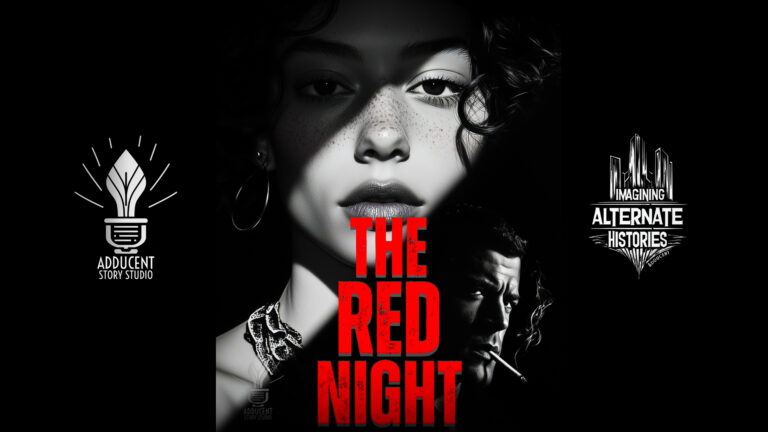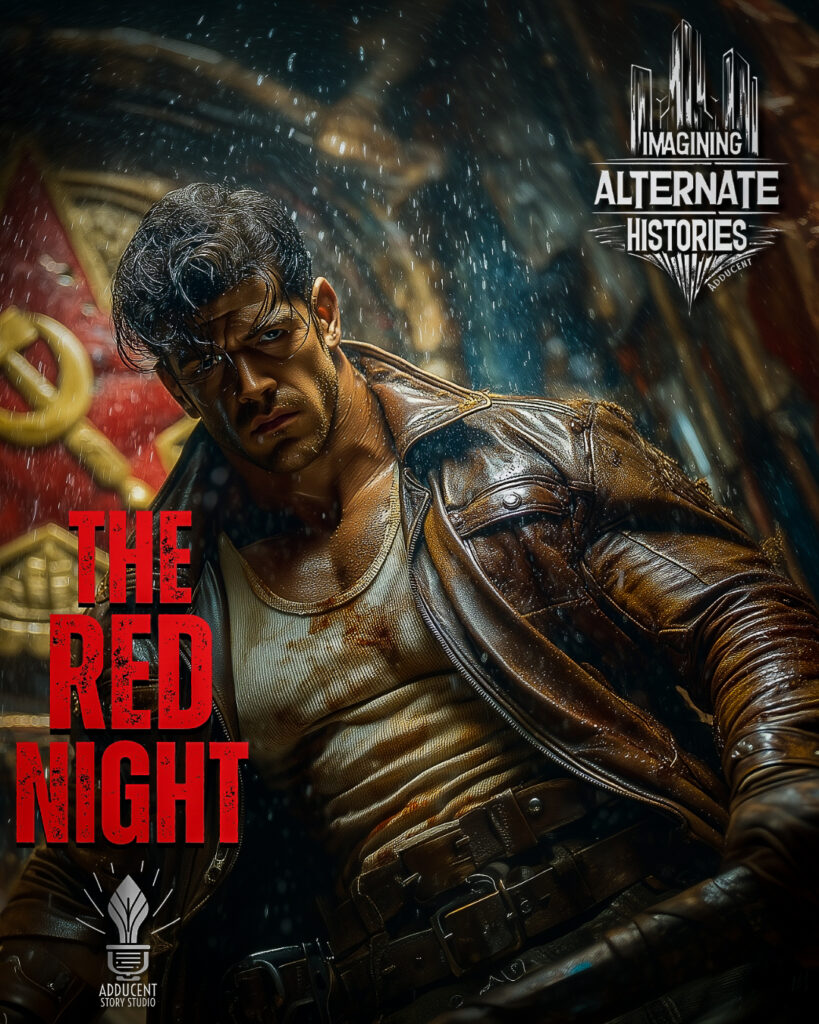No guns.
No knives.
They checked you at the door, so I left them with the man who eyeballed me before letting me in. But I always carried a cheap Esterbrook ballpoint pen in my back pocket, unlike my finer, bright red 1928 Parker Duofold fountain pen in my jacket. With my hands lowered near my hips, a non-offensive stance, I could get the ballpoint out quickly.
You can do a lot of damage with a pen when you don’t have a blade.
I had learned that trick in Naples, Italy, in The Gut. A dicey place where women—the wrong kind, at least for the god-fearing—and trouble were always abundant. I watched a local bully boy get torn open with a GI ballpoint. Pens don’t make a clean cut… the tip catches and rips. Afterward, the bully boy wasn’t so tough. He had riled the wrong man.
Like right now.
I’m a quiet man.
I mind my own business and don’t give a damn what others do. I got problems of my own and just want to sit and drink.
Maybe people think it means I let shit slide. I get that. But when the jumbo-sized, scar-faced goon started slapping her around, I had to do something.
What she was doing in this shithole wasn’t my business, but she didn’t fit in…. didn’t belong.
Nice clothes. Her face an un-inked ivory oval framed by dark hair. Eyes… deep indigo in the murk. More light would have probably turned them brighter blue. And curves.
Distracting, follow-her-every-move-just-to-see-things-shift-under-her-clothes, curves.
The make-you-run-off-the-road or walk-into-a-door-looking-at-her kind.
Why’d she have to be like that?
Why’d I look?
“Fuck,” I muttered, then used something I thought I’d not use again… my sergeant’s command voice. “Hey, gruesome… lay off. Leave her alone.” But I guess he wasn’t in a listening mood. He hit her again. Harder.
I pushed back from my table, stood, and took off my jacket.
In three or four long steps, I reached and put my hand on his shoulder to turn him. I ain’t no pussy and put my grip into it. He wasn’t one either, and when he came around, he grabbed my hand and forearm and twisted. I felt it break. That’s when I pulled my pen from my back pocket, wrote him a little note, and stuck it under his chin. The point caught and snagged flesh as I yanked it free. He gurgled as blood filled his mouth and throat. “Fuck you,” I shoved him aside and turned to the woman; one side of her face already had a bruised grape look. “Let’s get the hell out of here.”
“Why’d you do that?” She glanced at the man on the floor, still spitting red bubbles, and then at my now crooked left arm with the splintered end of bone poking out.
I held out my good arm. “You need to come with me now if you want me to live.”
“What?”
It must have been the slaps and punch to the head that made her slow on the uptake. “We have to go.” I’d seen the small guy, the bartender’s runner, head to the back rooms. He’d bring back the even bigger, meaner motherfuckers. “I ain’t leaving here without you.” Shit. I couldn’t believe I said that even as I said it. She grabbed my hand, and I hauled her to her feet. “We gotta go, or neither of us is leaving… still breathing.”
She stumbled along at my side, me more dragging her than she walked. Outside was like stepping into a coal sack. Down the street, the lamppost lights wrestled with the fog that rolled off the water in the dark hours after midnight and before dawn. The cobblestones, concrete, and stucco walls around us were damp and glistening. The fog hung low—clung to your legs—in wads, a tattered, yellowed rag. The kind used to wipe off malaria sweats that never got washed.
Rain started falling. Fat drops at first… then like dumping a bucket from a window as I headed us into an alley. I had learned that using the alleys kept you mostly off the streets. Five minutes later, we were deeper into the maze of old buildings that radiated outward from the port’s warehouses. I had to find my bearings to get to my flop. There, I could fix my arm and ask her questions. She probably had answers I didn’t want to hear. But I’d still ask her.
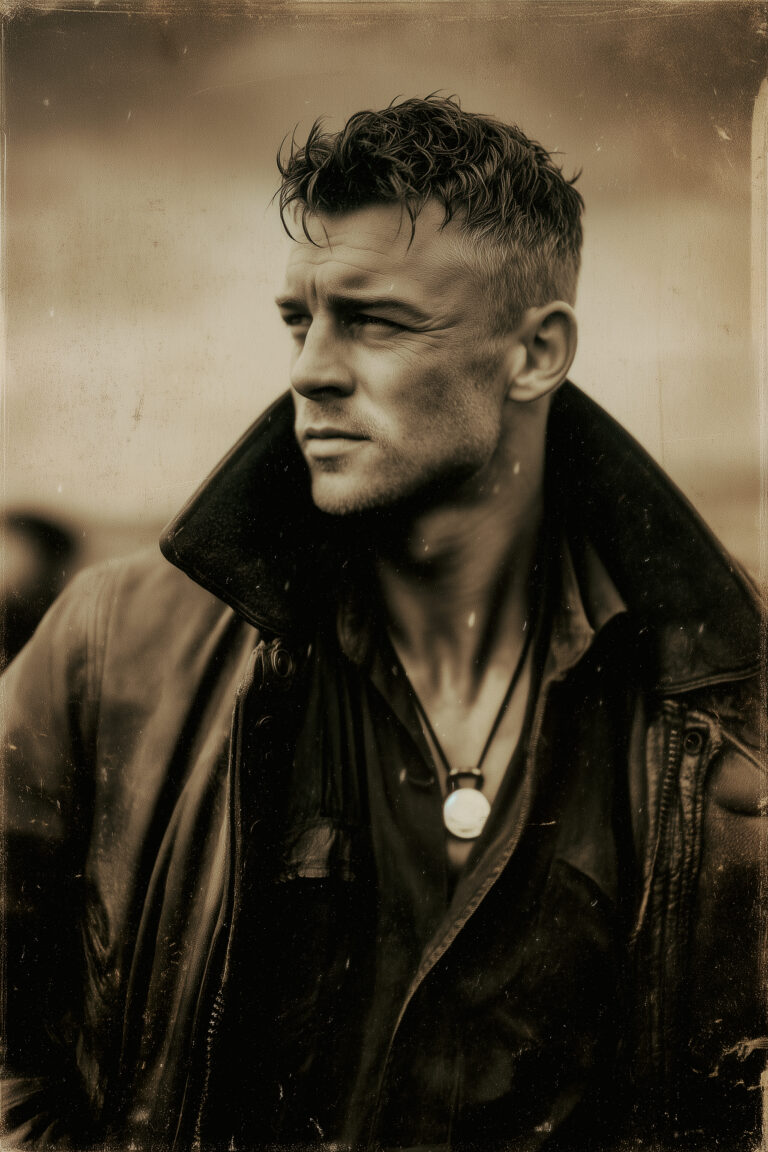

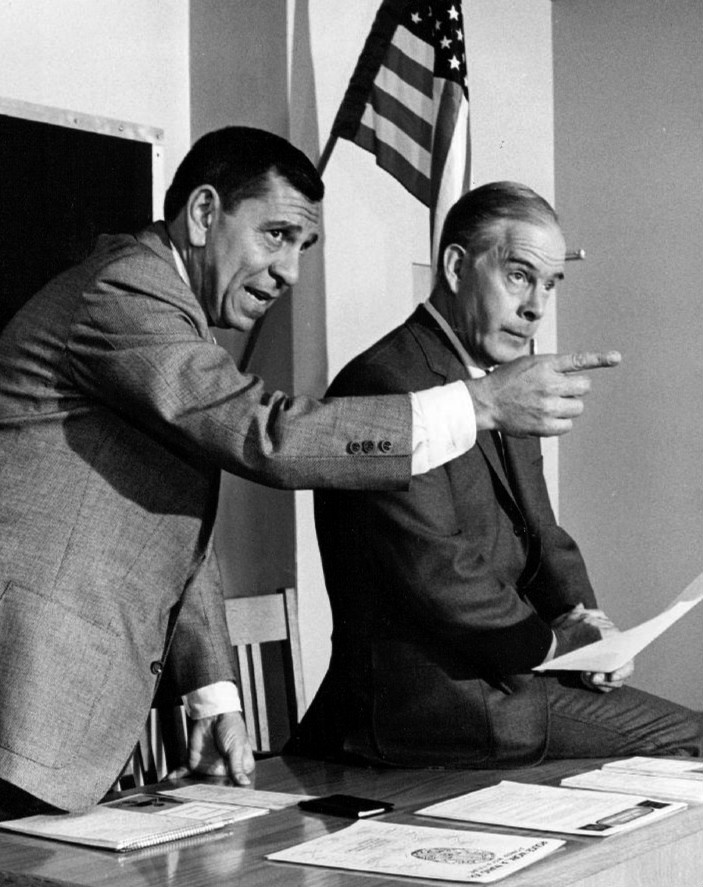
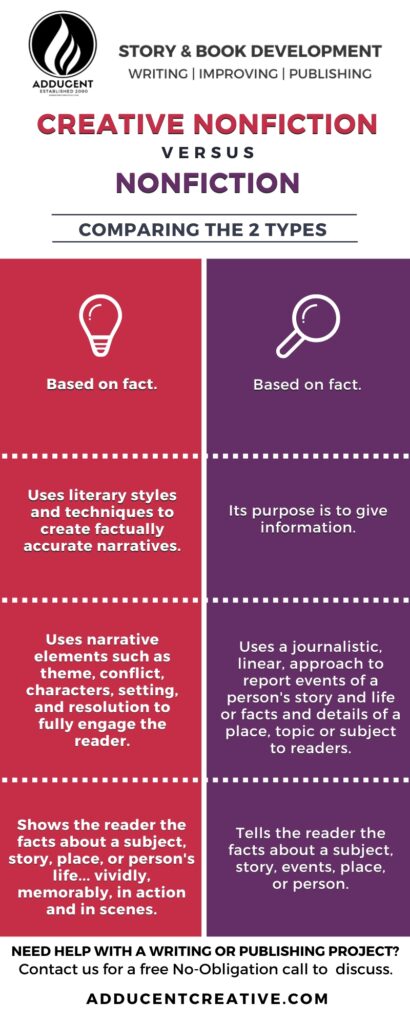

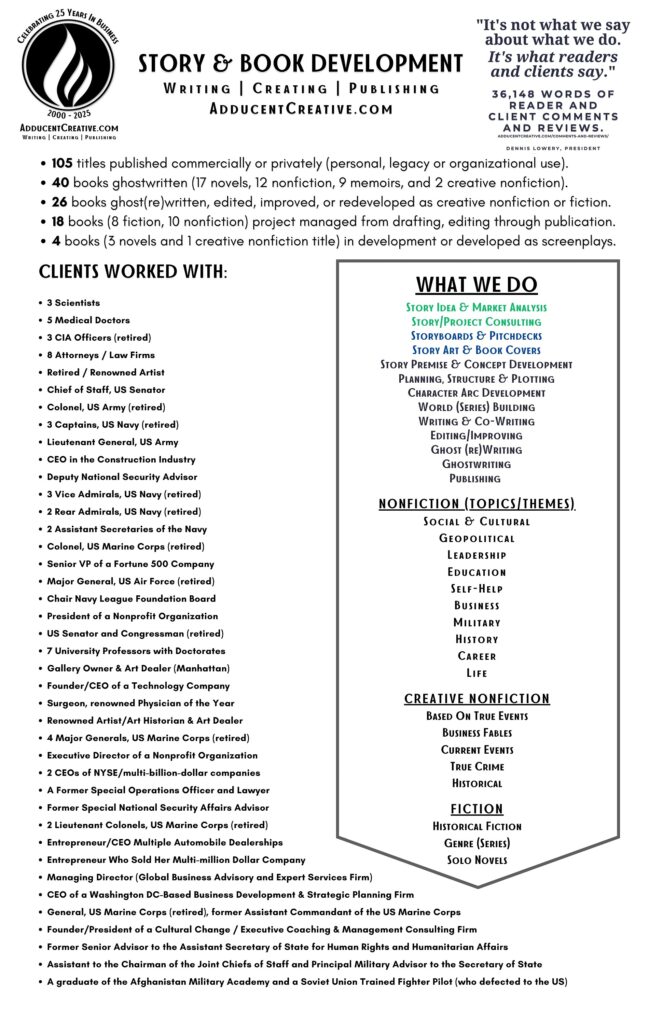
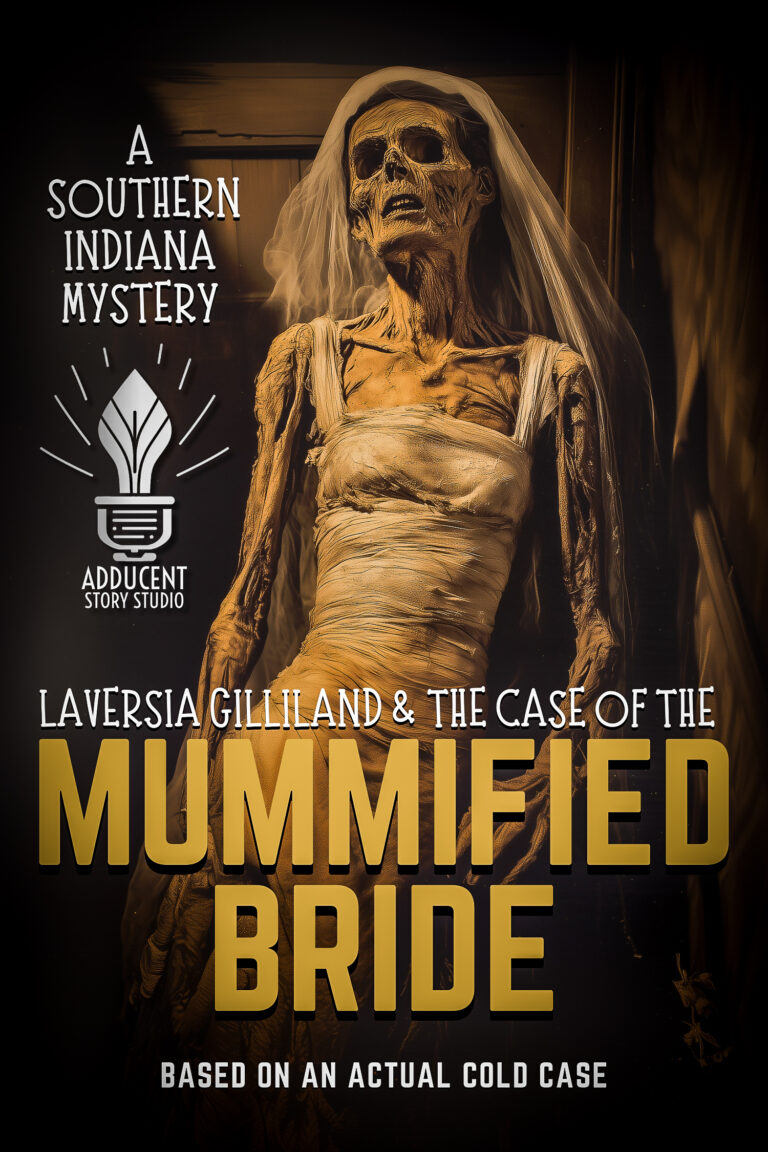
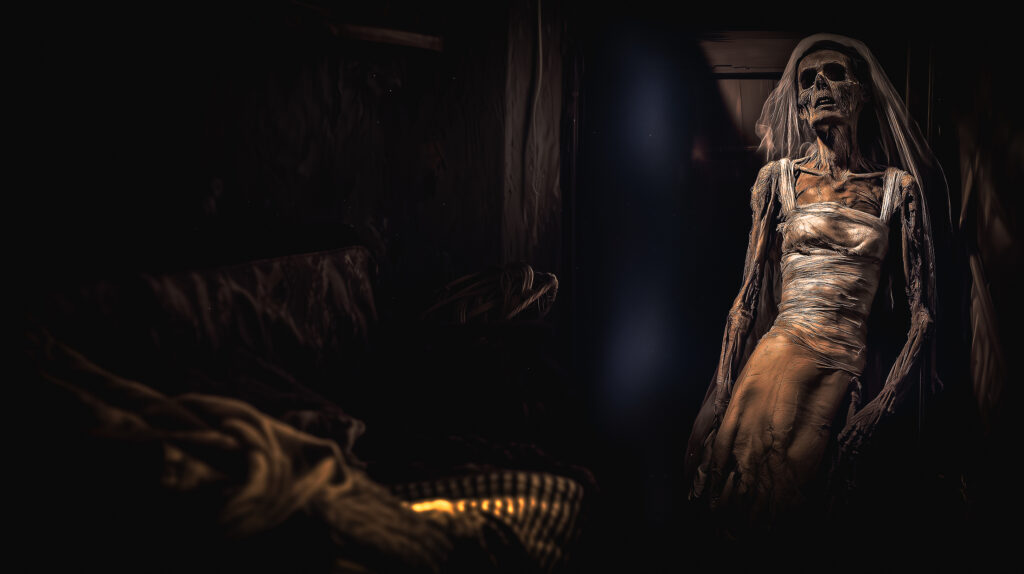
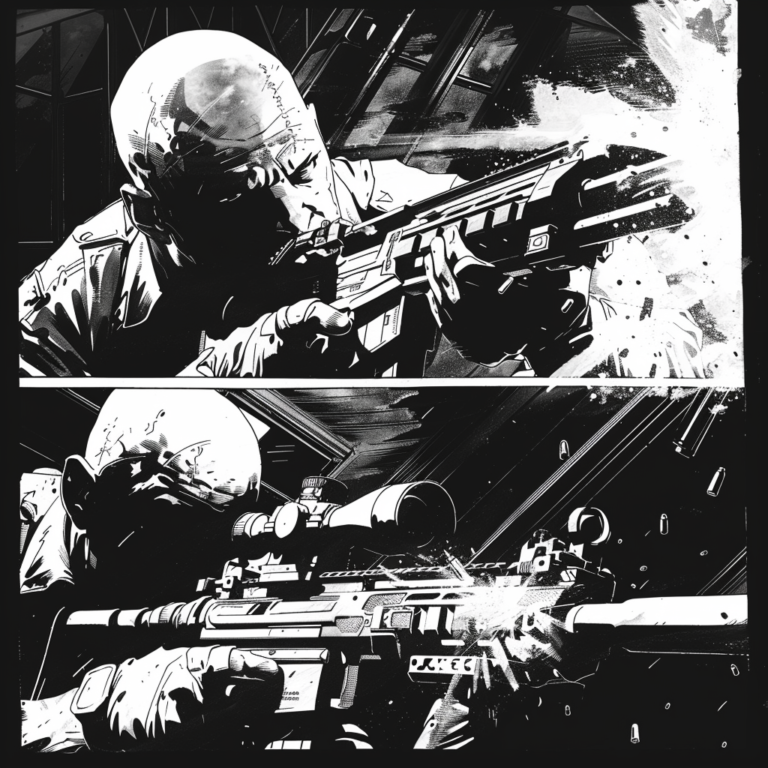
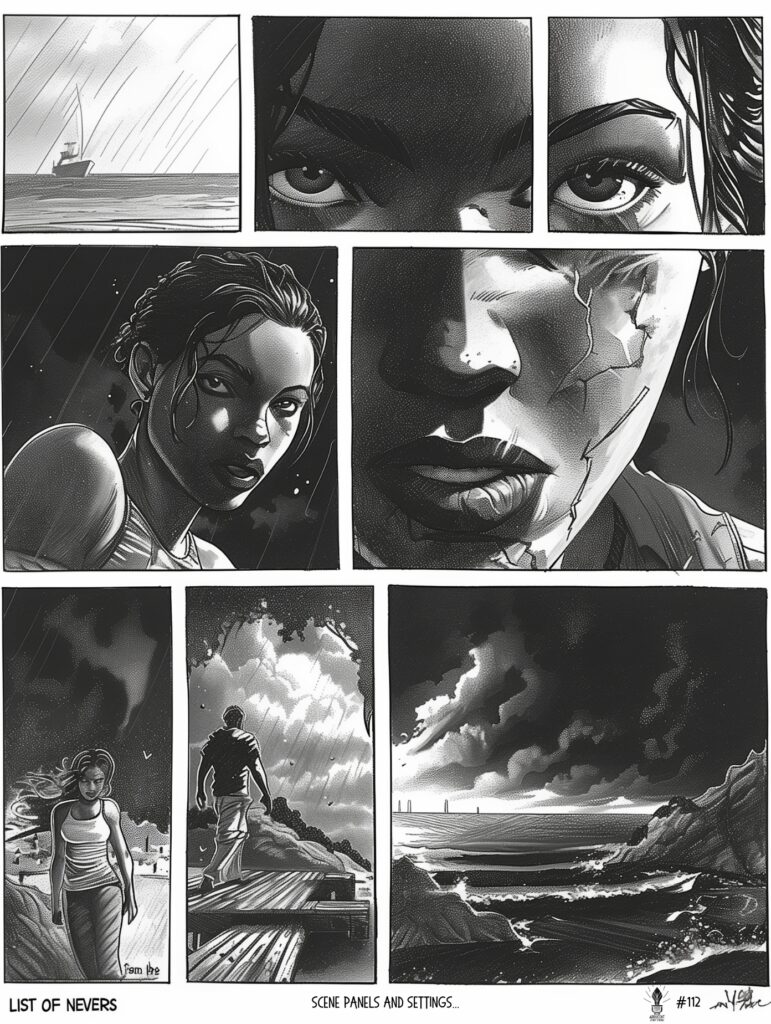

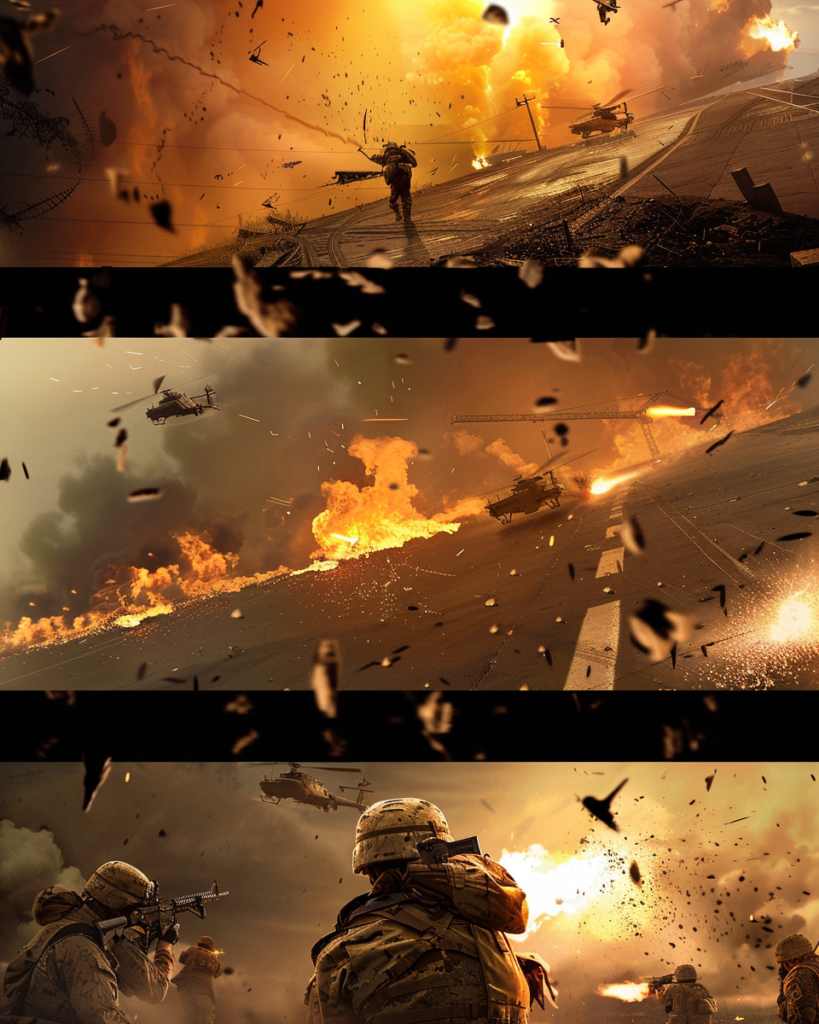
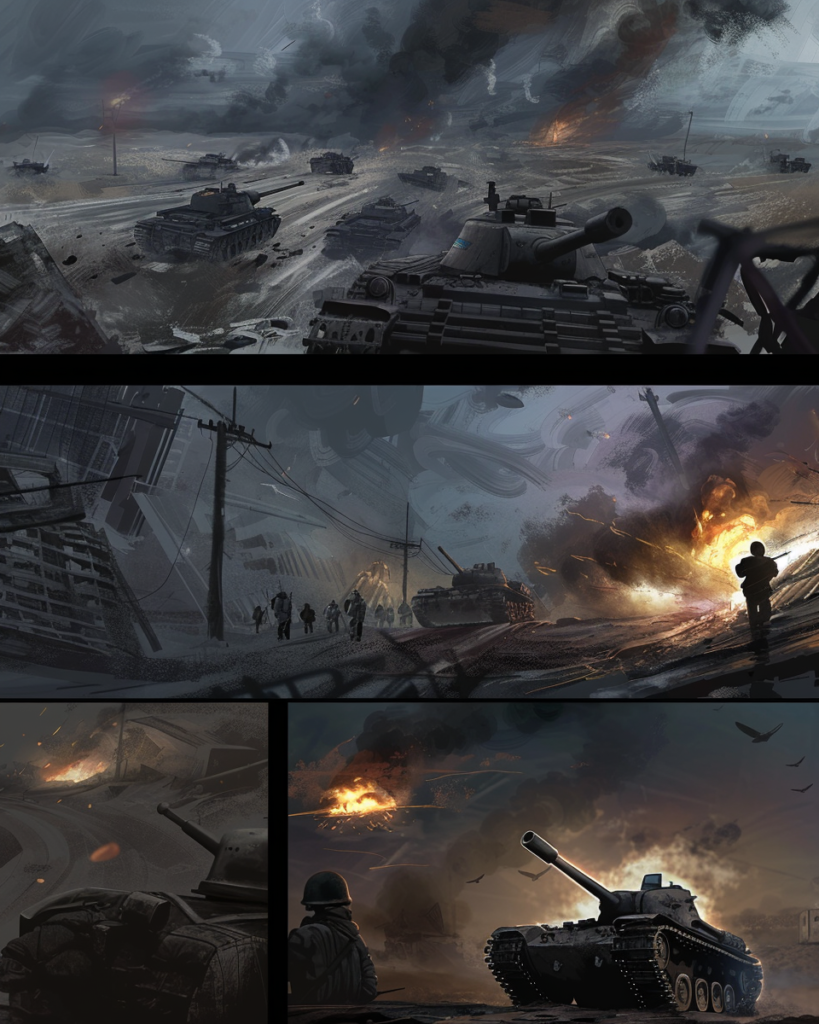
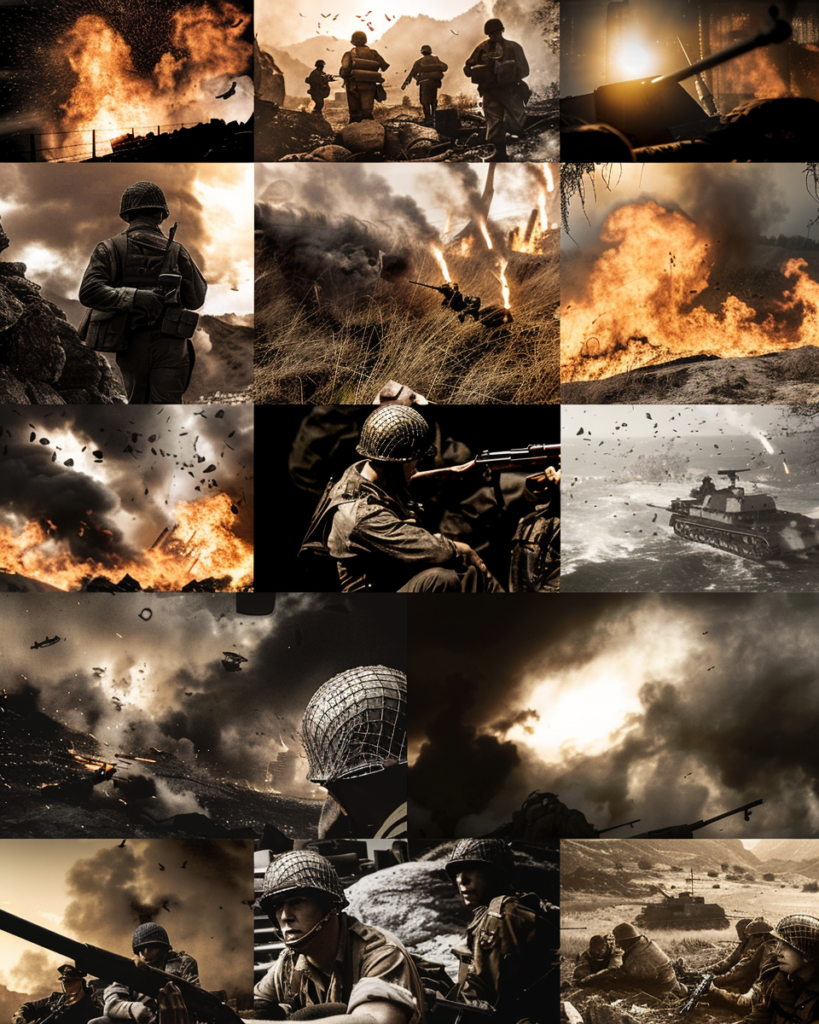
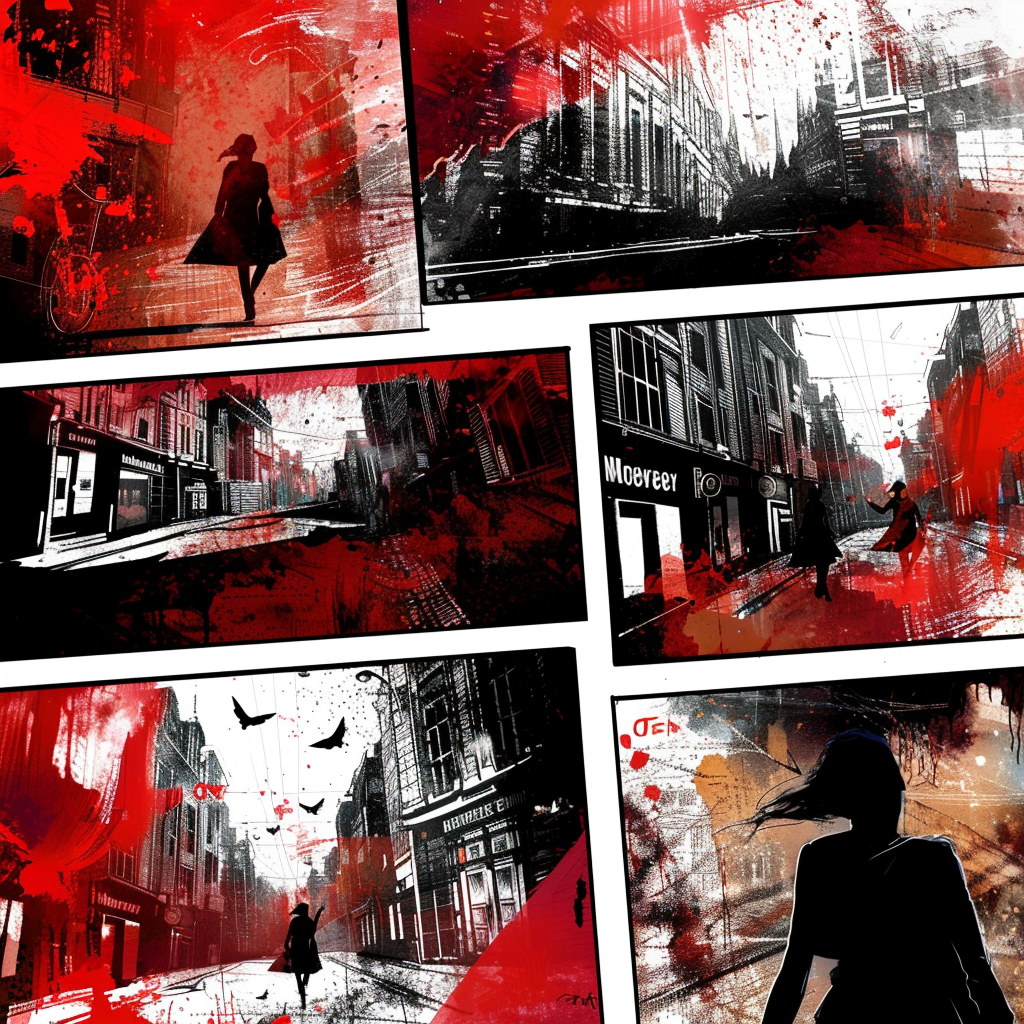
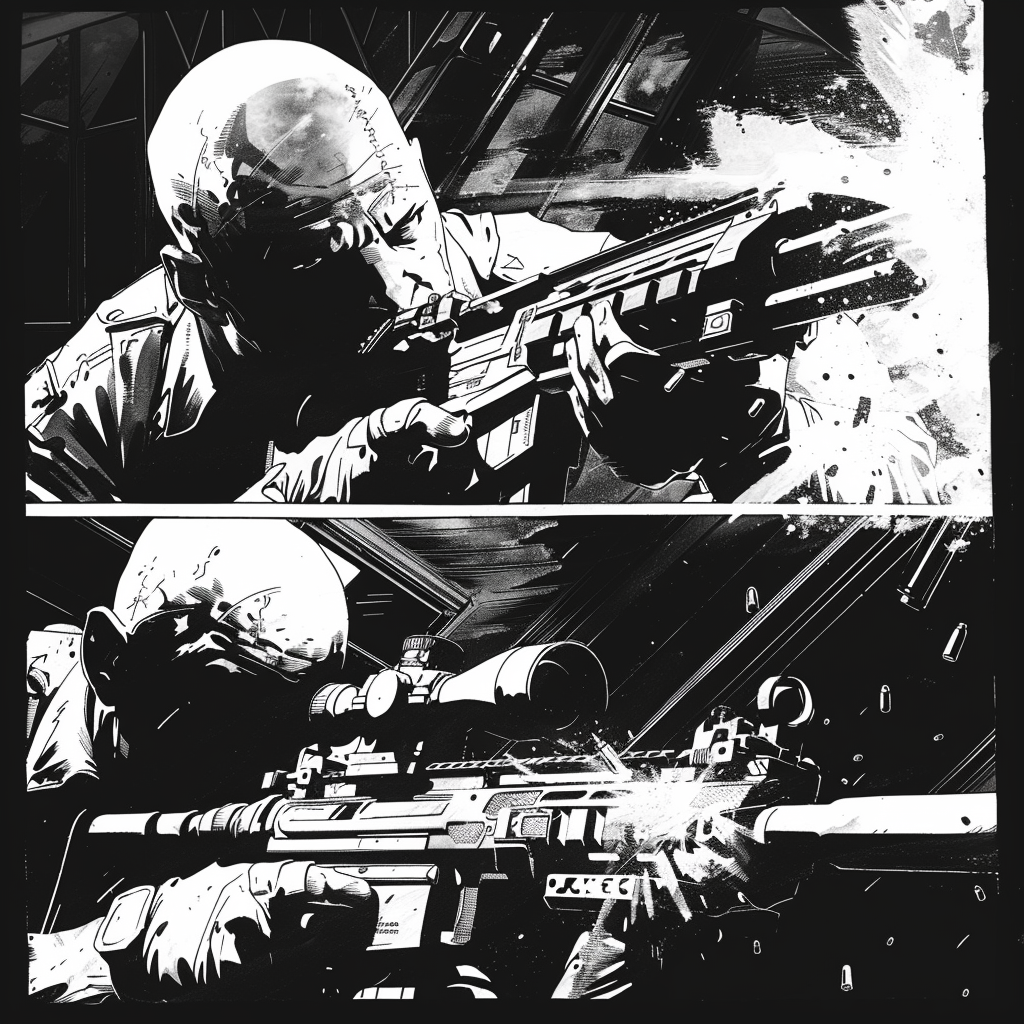
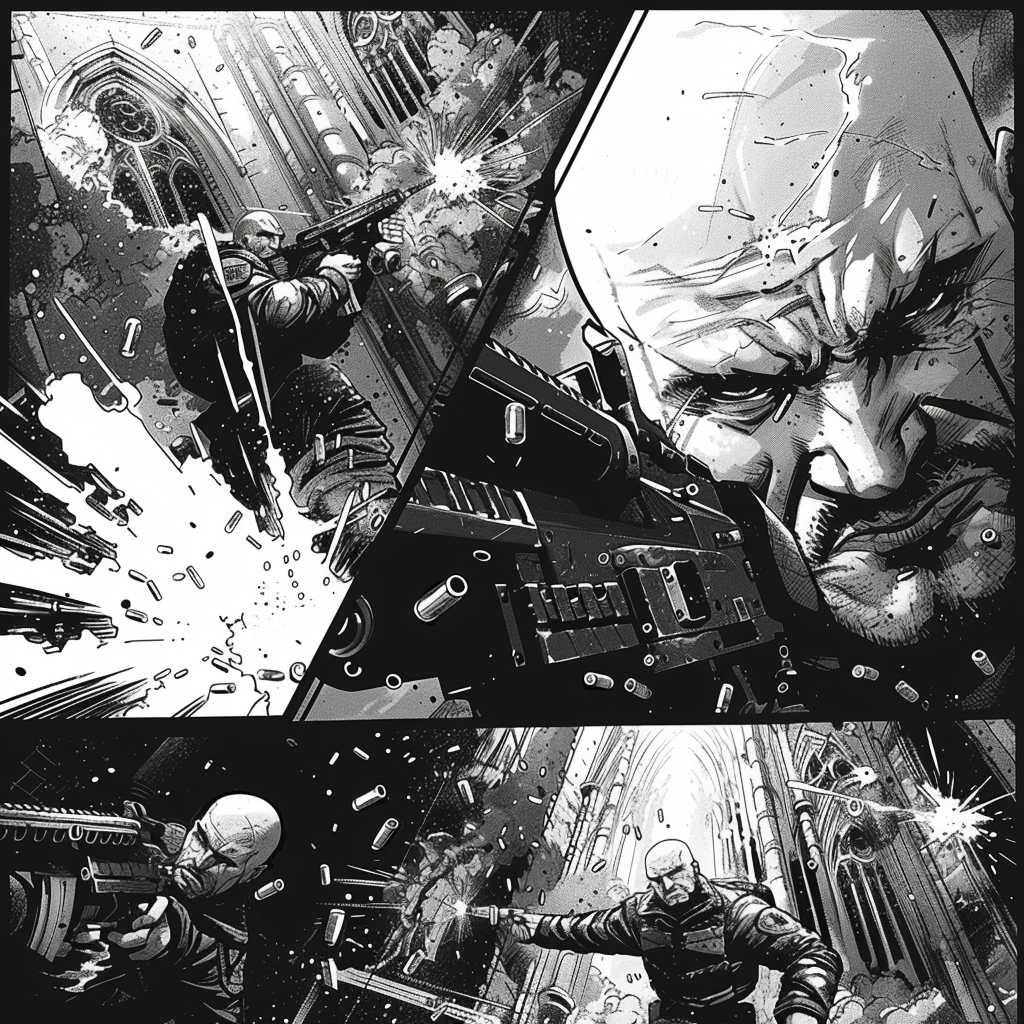
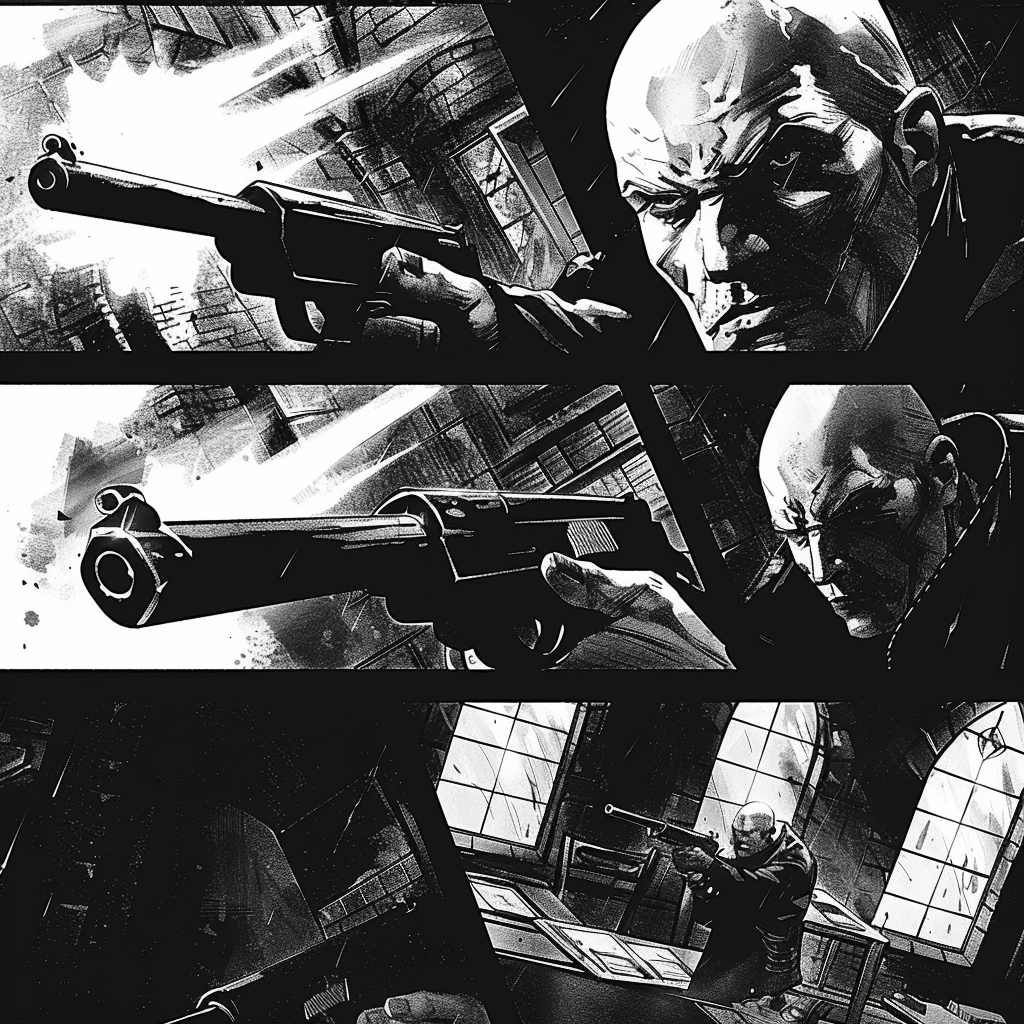
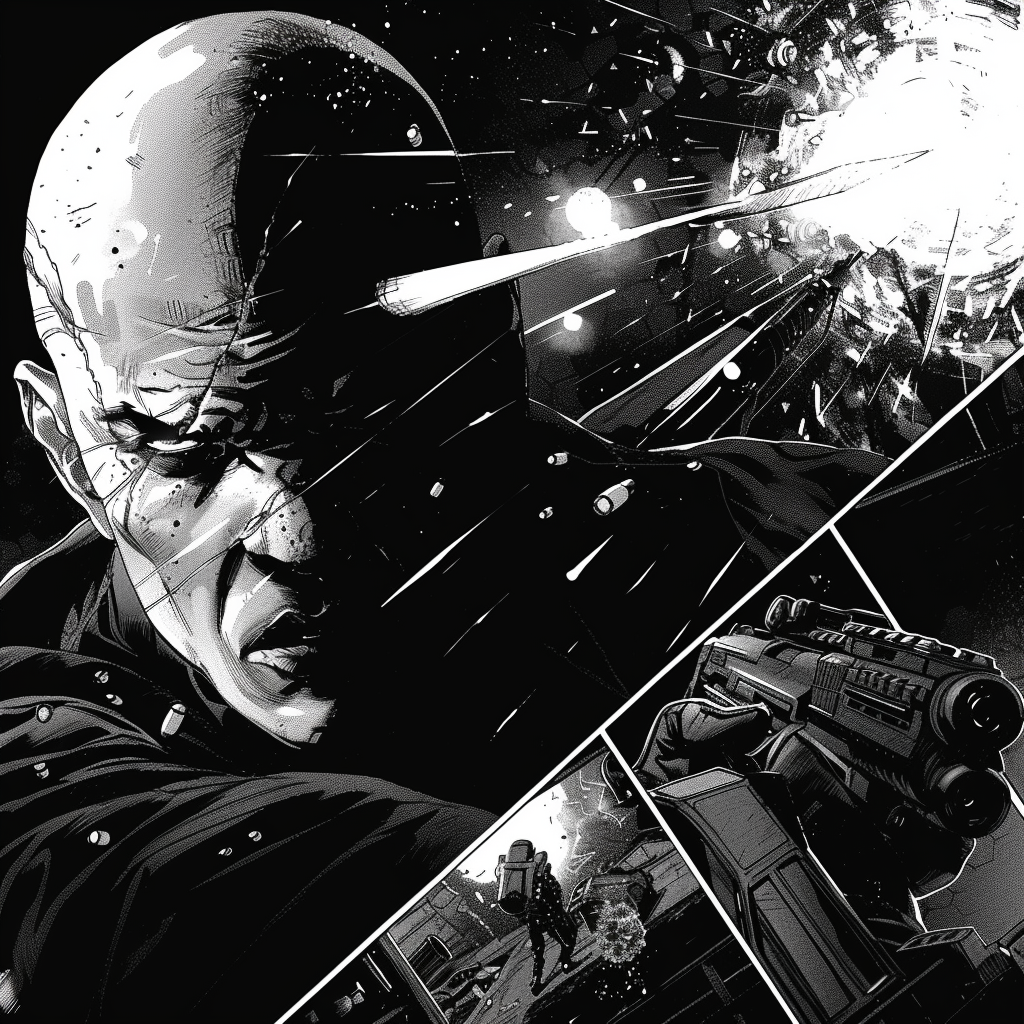
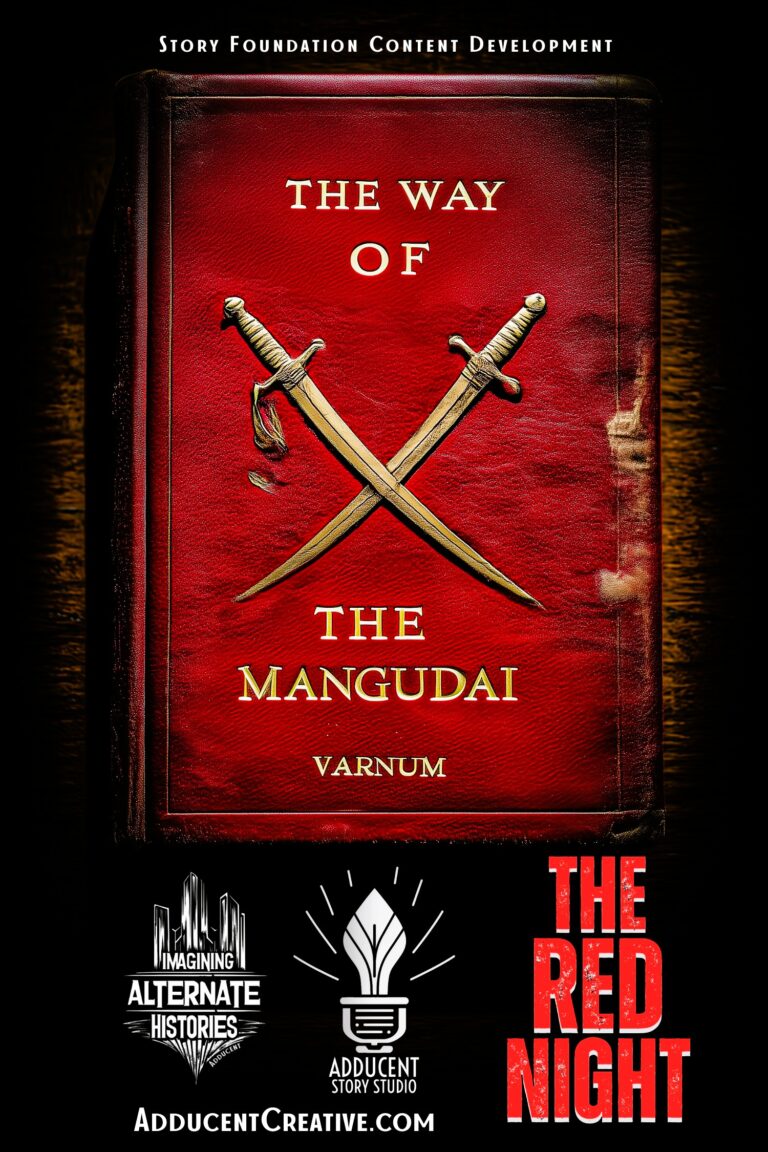
![The Things We Carry [Creative Nonfiction] The Things We Carry [Creative Nonfiction]](https://adducentcreative.com/wp-content/uploads/THE-THINGS-WE-CARRY-2025-by-Dennis-Lowery-768x1152.jpg)
